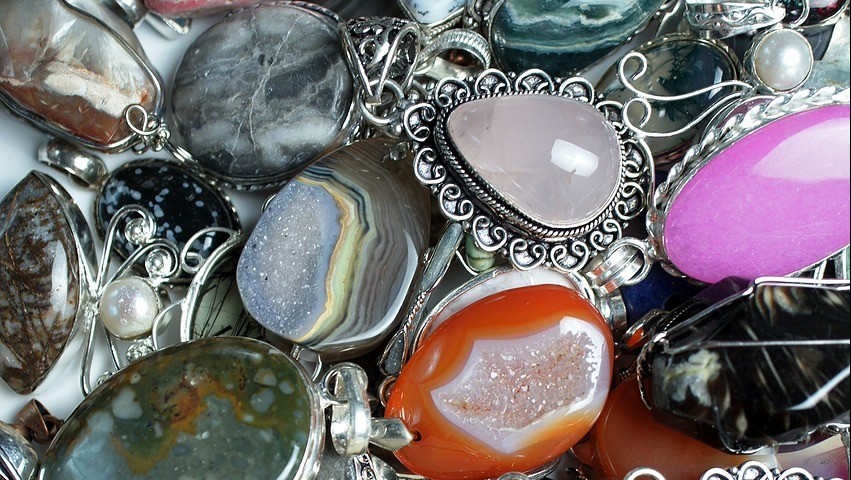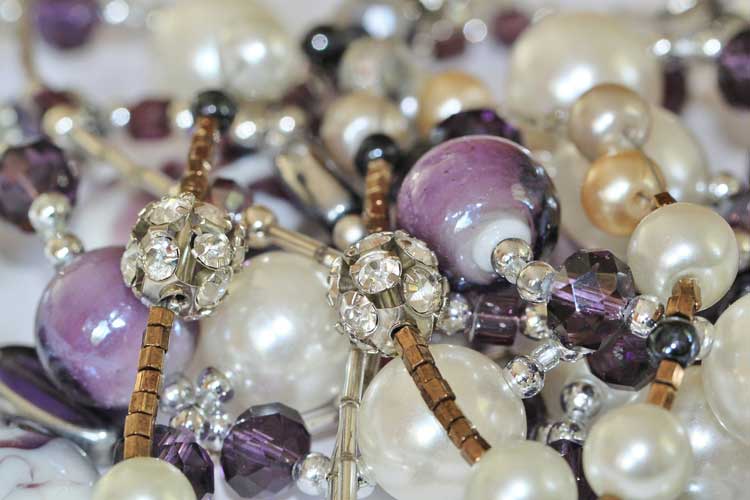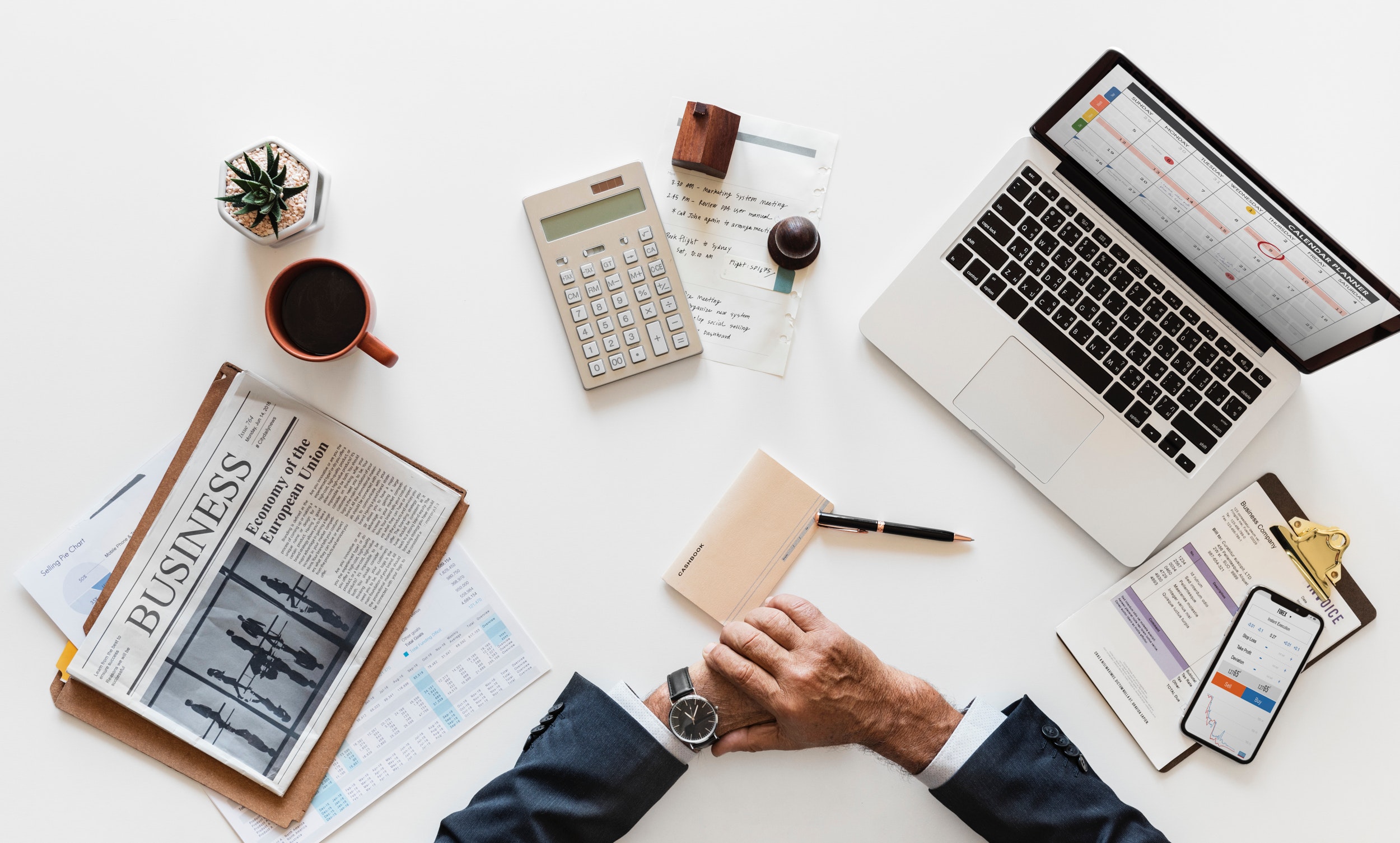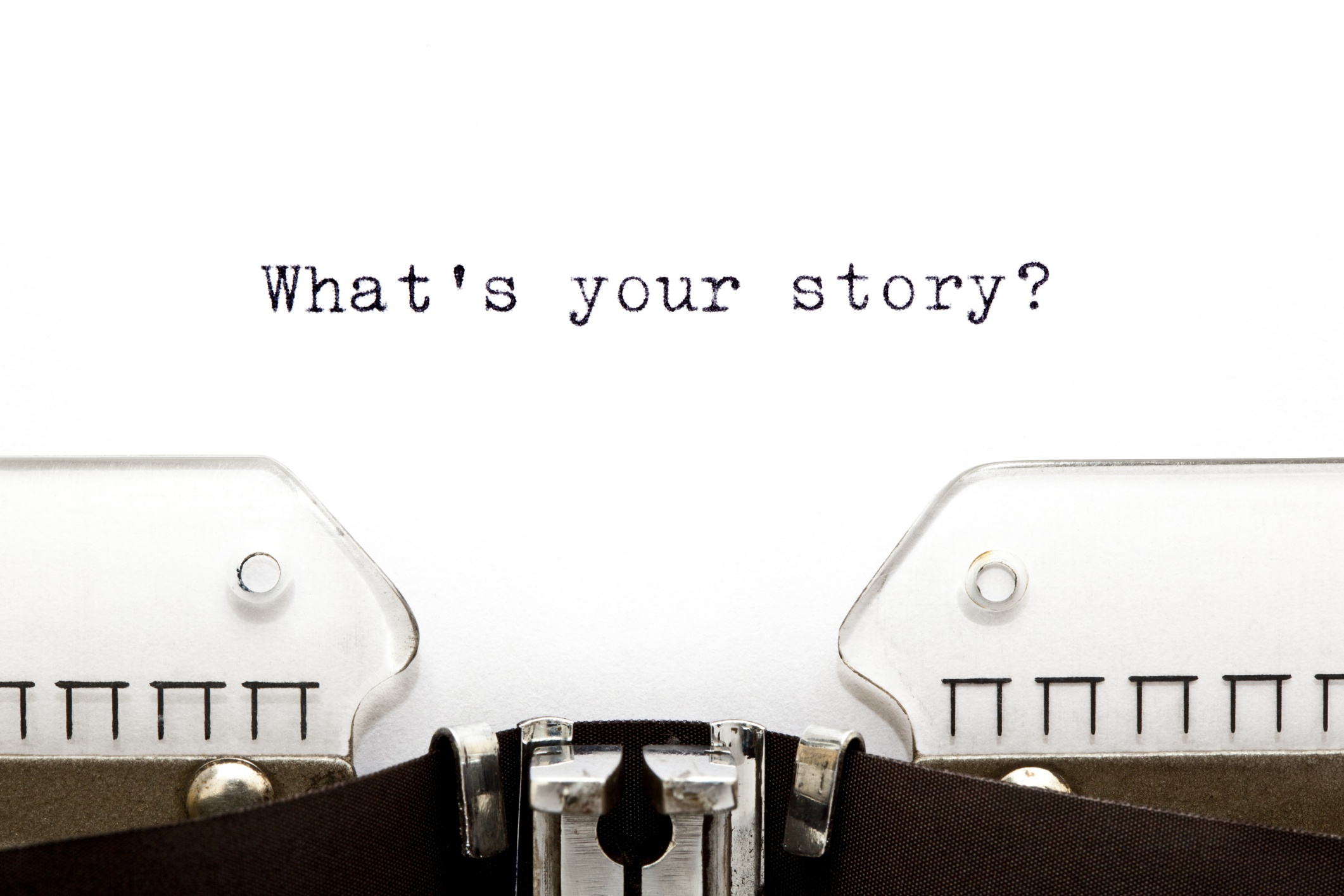I have a lot of collectibles in my home—many were made by artisans. The thing is, I have no idea how much I paid for any of these creations. I never saved any receipts and many were bought for cash at local art fairs. How do I go about estimating value for insurance purposes and for estate purposes?
—Darlene, via e-mail
I have a very nice, wide selection of artist-made jewelry. How do I catalog these pieces, wear them, and have my family (who will inherit them) know which pieces go with which description? I have been putting pieces in plastic bags, labeling the bag, wearing the piece, but not necessarily remembering to place it back in the original bag. Need help and advice.
—Joan, via e-mail
This month’s questions are so closely related that it makes sense to answer them together. Here we have two collectors coming at a similar problem from two directions, and, believe me, these are just two of hundreds struggling with collection management.
We—yes, I was born with the collector gene, too—begin to purchase items we love, bring them home, and enjoy their presence. Then one day we look around and realize we have all this stuff and we don’t remember where it came from. Next we realize we haven’t saved the materials necessary to document them. This most likely happens when we realize we should be insuring our holdings or are ready to dispose of all or part of the collection, or to pass it on to our heirs, who will know even less about it than we do.
The A,B,C’s of Archiving
Let’s take a look at what I consider good collecting practice. Of course, this begins with only purchasing items that you really love. Next it’s essential to document what we purchase. This can be done by using a database built for this purpose; there are several good programs available, or you can do this with pen and paper. Either way we need to note who made the item. This authorship is particularly important if it’s handmade. We also need to delineate where, when, how we made the purchase, and, of course, the price paid. For both insurance and estate purposes, it’s important to retain a copy of the receipt that can either be scanned and added to a record or filed in a folder. An image of the item is also important and this can be added to the database or kept as a hard copy.
When I began to collect, I made an index card for each item with the above information and attached the sales receipt and an image to it. Later, when collection management software became available, I bought one and began to enter new items and spent many days entering all the things that came before. Now, once a month, I photograph and add each new item to the database.
So much for good practices, what happens if we’ve neglected to do the right thing? The first thing to do is set up a little area with a solid backdrop and to photograph every item. Take time as you do this to recall any information you may have about the items and write it down. Download the images into a photo file. The next action needed will be guided by the planned use of the information. Valuation for insurance and tax purposes requires the most accurate information and documentation.
Valuing Your Prized Possessions
There are ways we can do our own search for the values of items. The obvious place to start is online. Look for any marks on the item that could lead to more information about when, where, and by whom it was made, which will allow you to begin a value search. With or without mark information, online auction sites would be a good place to do research. You can begin with general searches and work to the specifics. Be patient, this is going to take time.
Wearables and jewelry are more challenging to keep track of because they move about. Certainly, the same process for valuation and documentation apply. For organizing jewelry, I’d suggest a trip to the storage container section of a department store and look for plastic boxes with little divided areas. These are perfect for one necklace or bracelet or pair of earrings. Print out small versions of the images you took for valuation purposes and place one in the bottom of each section; place the object on top of it and you have an instant recognition system that also refers to the information in your database. Wearables can be organized by creating a hang tag with an image and placing it on the hanger.
Just remember that going forward, you’ll want to document new items as soon as they come into the collection. It’s the right thing to do for you, your collection, and your heirs.







